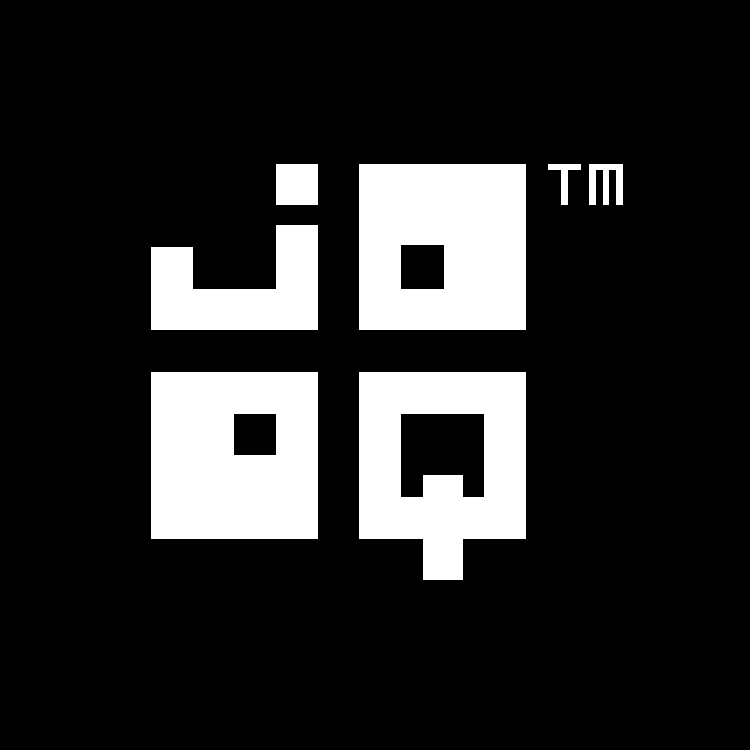Available in versions: Dev (3.21) | Latest (3.20) | 3.19 | 3.18 | 3.17 | 3.16 | 3.15 | 3.14 | 3.13 | 3.12 | 3.11
Tuples or row value expressions
Applies to ✅ Open Source Edition ✅ Express Edition ✅ Professional Edition ✅ Enterprise Edition
According to the SQL standard, row value expressions can have a degree of more than one. This is commonly used in the INSERT statement, where the VALUES row value constructor allows for providing a row value expression as a source for INSERT data. Row value expressions can appear in various other places, though. They are supported by jOOQ as records / rows. jOOQ's DSL allows for the construction of type-safe records up to the degree of 22. Higher-degree Rows are supported as well, but without any type-safety. Row types are modelled as follows:
// The DSL provides overloaded row value expression constructor methods:
public static <T1> Row1<T1> row(T1 t1) { ... }
public static <T1, T2> Row2<T1, T2> row(T1 t1, T2 t2) { ... }
public static <T1, T2, T3> Row3<T1, T2, T3> row(T1 t1, T2 t2, T3 t3) { ... }
public static <T1, T2, T3, T4> Row4<T1, T2, T3, T4> row(T1 t1, T2 t2, T3 t3, T4 t4) { ... }
// [ ... idem for Row5, Row6, Row7, ..., Row22 ]
// Degrees of more than 22 are supported without type-safety
public static RowN row(Object... values) { ... }
Using row value expressions in predicates
Row value expressions are incompatible with most other QueryParts, but they can be used as a basis for constructing various conditional expressions, such as:
- comparison predicates
- NULL predicates
- BETWEEN predicates
- IN predicates
- OVERLAPS predicate (for degree 2 row value expressions only)
See the relevant sections for more details about how to use row value expressions in predicates.
Projecting row value expressions
Row value expressions can be used to project nested records, which allows for powerful mapping of structure data directly in SQL.
Using row value expressions in UPDATE statements
The UPDATE statement also supports a variant where row value expressions are updated, rather than single columns. See the relevant section for more details
Higher-degree row value expressions
jOOQ chose to explicitly support degrees up to 22 to match Scala's typesafe tuple, function and product support. Unlike Scala, however, jOOQ also supports higher degrees without the additional typesafety.
Dialect support
This example using jOOQ:
row(BOOK.ID, BOOK.TITLE)
Translates to the following dialect specific expressions:
ASE, Access, Aurora MySQL, Aurora Postgres, BigQuery, ClickHouse, CockroachDB, DB2, Derby, DuckDB, Exasol, Firebird, H2, HSQLDB, Hana, MariaDB, MemSQL, MySQL, Oracle, Postgres, Redshift, SQLDataWarehouse, SQLServer, SQLite, Snowflake, Sybase, Teradata, Trino, Vertica, YugabyteDB
(BOOK.ID, BOOK.TITLE)
Databricks
( coalesce(BOOK.ID), coalesce(BOOK.TITLE) )
Informix
ROW (BOOK.ID, BOOK.TITLE)
Generated with jOOQ 3.21. Support in older jOOQ versions may differ. Translate your own SQL on our website
References to this page
- The type safety of the projected records in SELECT
- The SET ROW clause of the UPDATE statement
- Column expressions
- ARRAY functions
- Nested records
- The comparison predicate for degrees higher than 1
- The BETWEEN predicate for degrees higher than 1
- The DISTINCT predicate for degrees higher than 1
- The IN predicate for degrees higher than 1
- The NULL predicate for degrees higher than 1
- The OVERLAPS predicate
- Optional conditional expressions used for dynamic SQL
- Type safe records with degree less than 22
- SQL to DSL mapping rules
- Migrating to jOOQ 3.0

Feedback
Do you have any feedback about this page? We'd love to hear it!